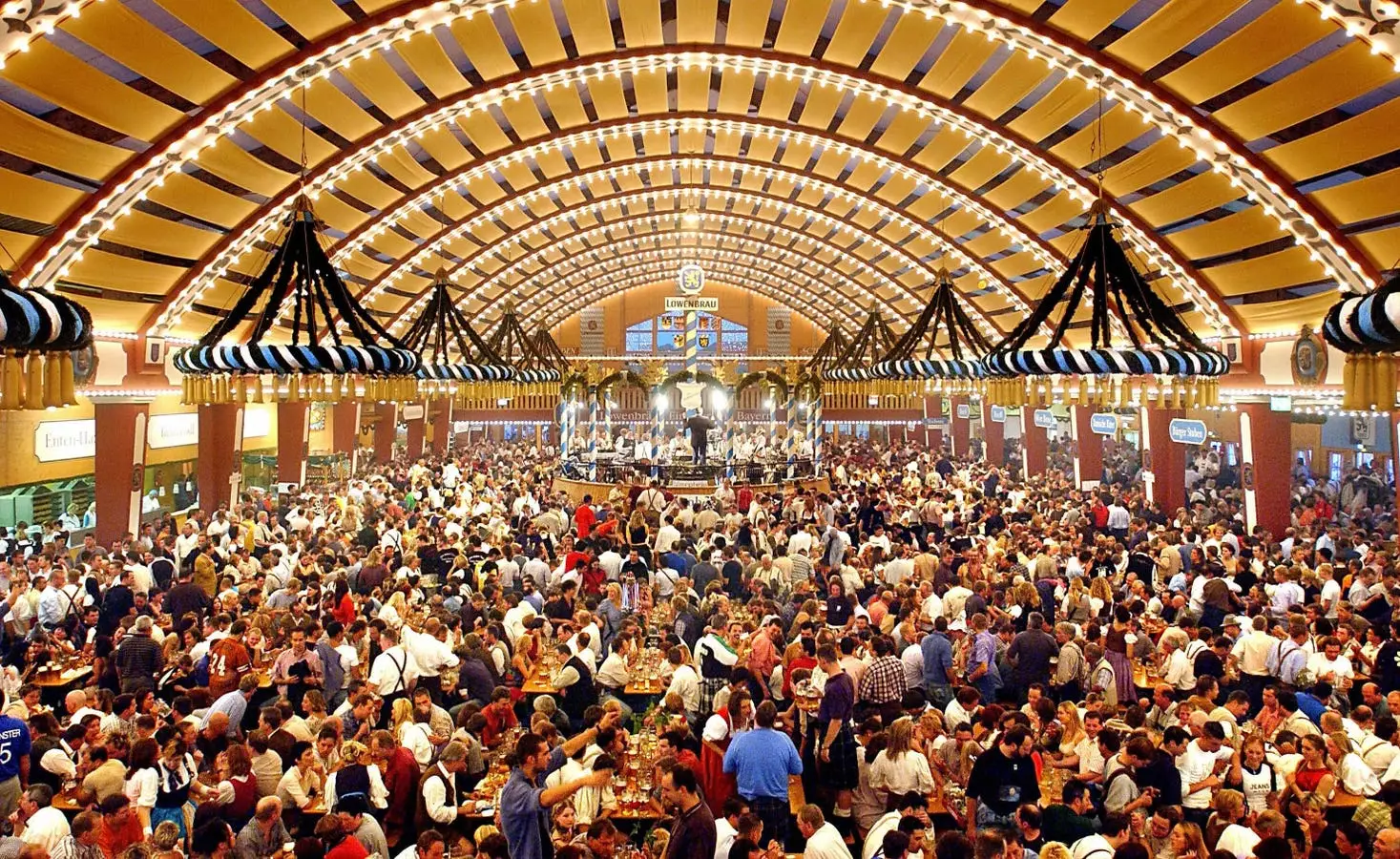Oktoberfest, the grand celebration of Bavarian culture, is an exuberant festival that resonates globally. It’s not just a beer-drinking event; it’s an elaborate spectacle filled with tradition, history, and, most importantly, joy. As one prepares to engage with this cultural phenomenon, it becomes essential to decipher its unique language—the food, the beverages, the attire, and all the nuances that make Oktoberfest a distinctive experience.
To truly appreciate Oktoberfest, one must understand its origins. The festival began in 1810 as a royal wedding celebration for Crown Prince Ludwig and Princess Therese of Saxe-Hildburghausen. Their marriage ignited a community gathering featuring horse races and festive celebrations in the “Theresienwiese,” translating to “Therese’s Meadow.” This location later evolved to host a variety of events, ultimately spawning the annual Oktoberfest we recognize today.
Not merely a regional fête, Oktoberfest became a celebration that encapsulates the spirit of Bavaria. It symbolizes camaraderie among people from various walks of life, uniting them under a collective engagement with tradition. Visitors not acquainted with this aspect may misinterpret Oktoberfest merely as a beer festival, overlooking its historical richness.
One cannot discuss Oktoberfest without delving into its iconic beverages. For many, the term “Oktoberfest beer” usually brings to mind Märzen, a rich amber lager. However, since the late 20th century, a different style has come to dominate Munich’s festival: festbier. With an alcohol content typically exceeding 6% ABV, festbier is known for its smoothness and subtle notes, often drawing comparisons to the traditional helles beer—a lighter style popular in southern Germany.
In America, the Märzen style, with its gradient copper hue and malty toast flavor, has heavily influenced local interpretations of Oktoberfest beer. If one orders an Oktoberfest brew in the States, it’s highly likely they’ll be served a Märzen. By contrast, ordering the same in Munich would yield the festbier experience—underscoring a notable distinction across cultures in beer appreciation.
When enjoying these brews, understanding the glassware is equally important. The famed beer mug, or Maßkrug (pronounced “masskrug”), embodies the spirit of Oktoberfest. In the festive tents of Munich, attendees raise a full liter of beer—approximately a quart—celebrating the social aspect of drinking. However, a common misconception among non-locals is referring to these mugs as steins. While both terms might be used interchangeably, it’s critical to note that a stein traditionally refers to frosted ceramic drinkware, whereas a Maßkrug is specifically the glass mug associated with the festival.
Additionally, the “Oide Wiesn,” a vintage segment of Oktoberfest, offers visitors a taste of nostalgia with traditional German music and vintage rides. This section is a chance for festival-goers to step back in time and immerse themselves in a different ambiance compared to the pulsating energy of the more contemporary festival tents.
A visit to Oktoberfest wouldn’t be complete without partaking in the festive dress known as “tracht.” For men, lederhosen, or leather shorts, embody practicality and tradition, originally designed for alpine laborers. Women often wear dirndls, which vary in style from modest and sophisticated to playful and vibrant.
No outfit is complete without the quintessential Tyrolean hat, adorned with feathers or floral decorations. Each element of the attire carries significance, showcasing regional pride and cultural heritage. Wearing tracht isn’t just about aesthetics; it signifies respect for the festival’s traditions.
Ultimately, Oktoberfest represents more than just beer, attire, and celebrations. It serves as an invitation to connect, revel, and appreciate a rich cultural tapestry spun over centuries. Whether one finds themselves amidst the bustling crowds in Munich or enjoying a scaled-down celebration in a backyard, keeping the spirit of Oktoberfest alive involves embracing joy responsibly.
As the mugs clink and laughter fills the air, the heart of Oktoberfest beats in unison with both locals and visitors alike. Cheers to unity in diversity, to the joy of shared experiences, and to the timeless traditions that bring us together.


Napsat komentář